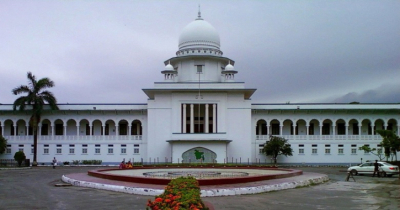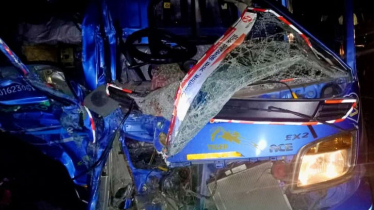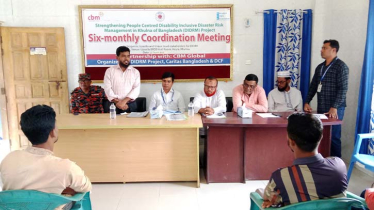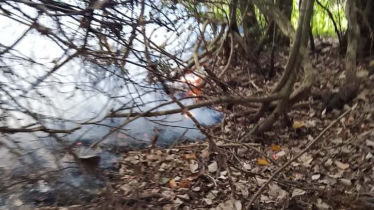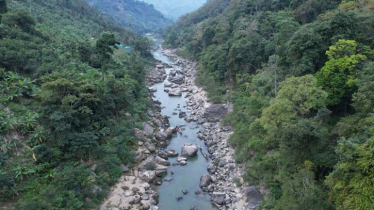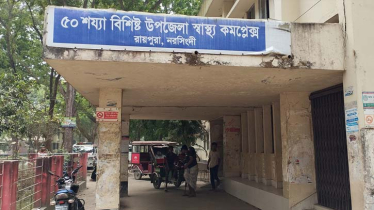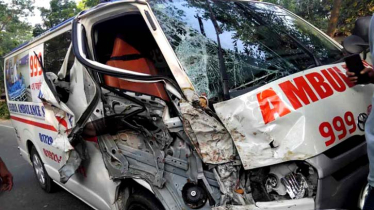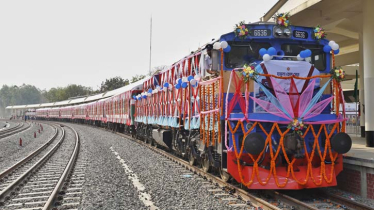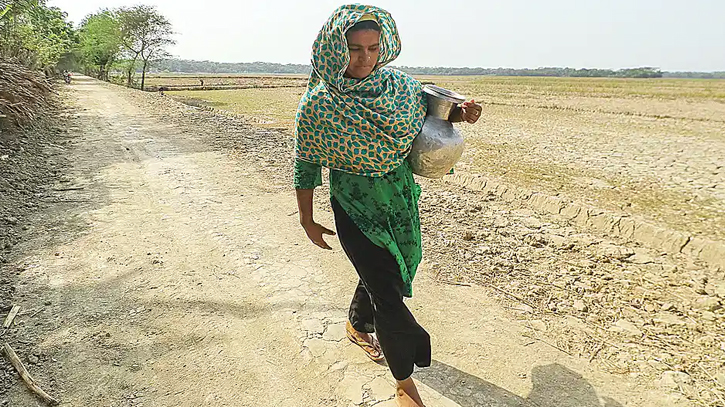
Photo: Collected
Crisis of drinking water has turned acute in Khulna city amid the extreme heat, making its residents’ lives miserable. The entire country has been reeling under severe to moderate heat wave since the first week of April and the shortage of drinking water has added to sufferings of Khuna city residents. Not only in homes, people are also suffering at offices, business institutions, educational institutions and even government and private hospitals due to the scarcity of pure water.
Locals said shallow tubewells have become dysfunctional in most places of the city since the middle of this month and amount of water in deep tubewells has also decreased. Water can be lifted properly only with the submersible pump in deep tubewells but everyone can’t afford, they said.
On the other hand, Khulna Water Supply and Sewerage Authority (Kwasa) supplies water through pipeline, but it is not suitable for drinking, forcing residents to depend of tubewells.
Experts say that underground water has been extracted in the city for a long time with unplanned deep and shallow tubewells, general pumps and submersible pumps.
The Asian Development Bank had advised not to extract more than 50 million liters of water from the ground per day but the water is being extracted much more, leading to depletion of ground water level.
In the last nine years, the water level in 14 wards of the city has gone down from 1.98 meters to 4.04 meters (13.25 feet), resulting in inoperative tubewells and pumps.
Kwasa conducts survey on the status of ground water level every year during summer. According to the survey, the groundwater level in wards 9, 10, 12, 14, 16, 18, 21, 24, 25, 26, 27, 28, 29 and 30 of the city has gone down from 1.98 meters to 4.04 meters compared to 2015.
Sheikhpara, Goborchaka, Boro Mirzapur, Chhota Mirzapur, Baitpara, Tutpara are among the worst hit areas of the city.
Earlier, there were two tubewells in Chhota Mirzapur area, two in Boro Mirzapur area, two in Baitpara area, one each in Deben Babu Road and TB Boundary Road but those have become inoperative .
Prof Dr Abdullah Harun Chowdhury, head of the Department of Environmental Science at Khulna University, said, “The duration of rainfall and number of water bodies in the city and adjoining areas have decreased. Besides, the amount of water that is being extracted from the ground is not being stored. As a result, the ground water level is depleting continuously, causing the water crisis.”
Kwasa Managing Director Engineer Md. Abdullah said, “It costs us Tk 11 to lift 1,000 litres of underground water and supply it. And the cost of supplying the water from the Madhumati River is Tk 17.50. However, we have not yet completely stopped extracting underground water to reduce costs. On the other hand, we charge Tk 9 for 1,000 liters of water from the customers.”
"If we treat more water of the Madhumati River, production cost will increase we have to give more subsidy. Moreover, we do not want to impose the burden of additional costs on the customers at the moment. That is why the extraction of water from the underground has not been stopped.”
Regarding the use of personal tubewells and submersible pumps, he said the number of WASA subscribers is about 41,800. But about 20 percent of the families have not yet received WASA water connections. They use tubewells and pumps to extract ground water. Slum dwellers and low-income people are the most affected by the water crisis.
Rafiqullah, a teacher of Nirala area, said, "It is not possible for many like me to buy water to drink and cook.
Messenger/Disha

